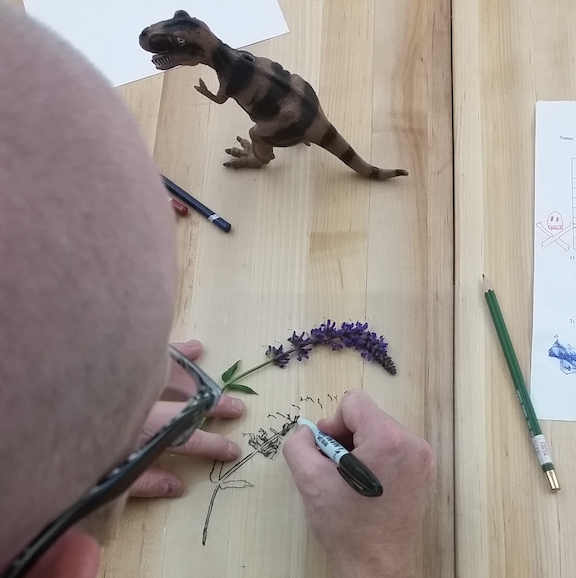At the University of Wyoming, we are very fortunate to have a resident expert on using drawing to learn. Her name is Bethann Merkle and as you begin your consideration of drawing as a tool to facilitate your students' learning, we suggest reading her article Drawn to Science. Most recently, Bethann, along with fellow LAMP graduate Brian Barber and coworker Matt Carling called Drawn to natural history: Enhancing field courses with drawing and field journal instruction. This publication includes detailed advice and examples of student work to support facilitation and assessment of drawing in science courses.
In their essay entitled "Drawing to Learn: A Framework for Using Drawings to Promote Model-Based Reasoning in Biology", Kim Quillin and Stephen Thomas review literature and provide approaches for integrating drawing.
Hoping for some explicit exercises for teaching observational, scientific drawing, Dempsey and Betz write Biological Drawing: A Scientific Tool for Learning.
In teaching my Capstone students how to maintain a proper laboratory notebook, I still use the 1986 American Chemical Society publication by Howard M. Kanare called Writing the Laboratory Notebook. Kanare reminds us that drawing is a cornerstone of the scientific process (e.g. take a peek at page 82).

In this vodcast, Rachel and her Biochemistry students speak about the value of drawing and narrative to learning:


